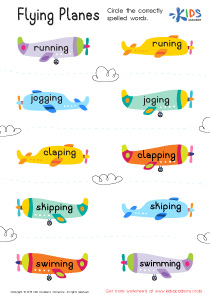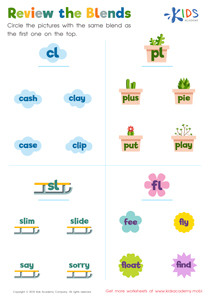Spelling practice Grade 1 Consonant Digraphs Worksheets
4 filtered results
-
From - To
Enhance your Grade 1 students' spelling skills with our engaging consonant digraphs worksheets! Designed for early learners, these interactive resources focus on key digraphs such as "ch," "sh," and "th," helping children master these essential components of the English language. Our printable worksheets include fun activities, including fill-in-the-blank exercises, matching games, and creative writing prompts, ensuring a comprehensive spelling practice experience. Ideal for classroom use or at-home learning, these worksheets support phonemic awareness and reinforce proper pronunciation. Equip your young learners with the foundational skills needed to excel in their reading and writing journey! Explore our diverse collection today!


Blending Consonants: "Fl", "Bl" and "Gl" Printable
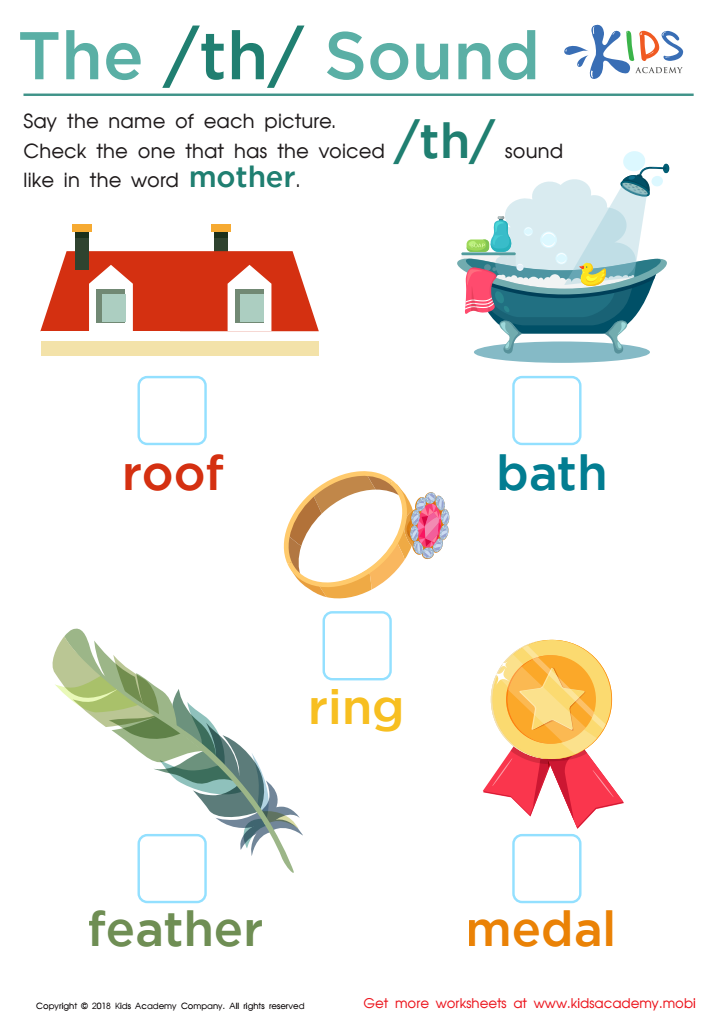

The /th/ Sound Worksheet
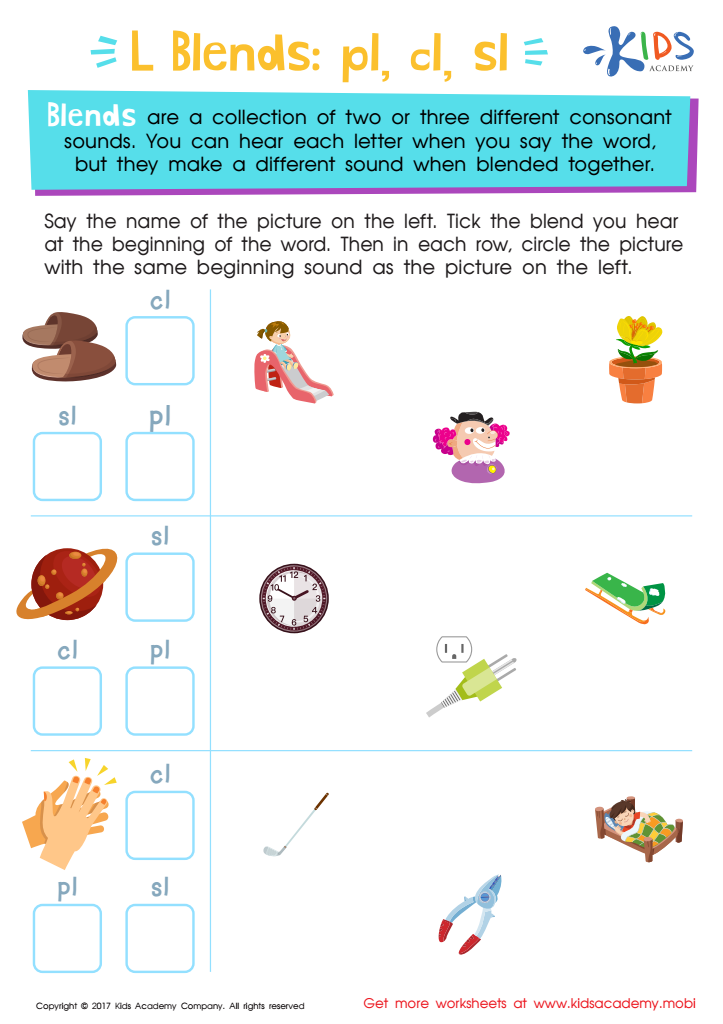

L Blends: "Pl", "Cl" and "Sl" Printable
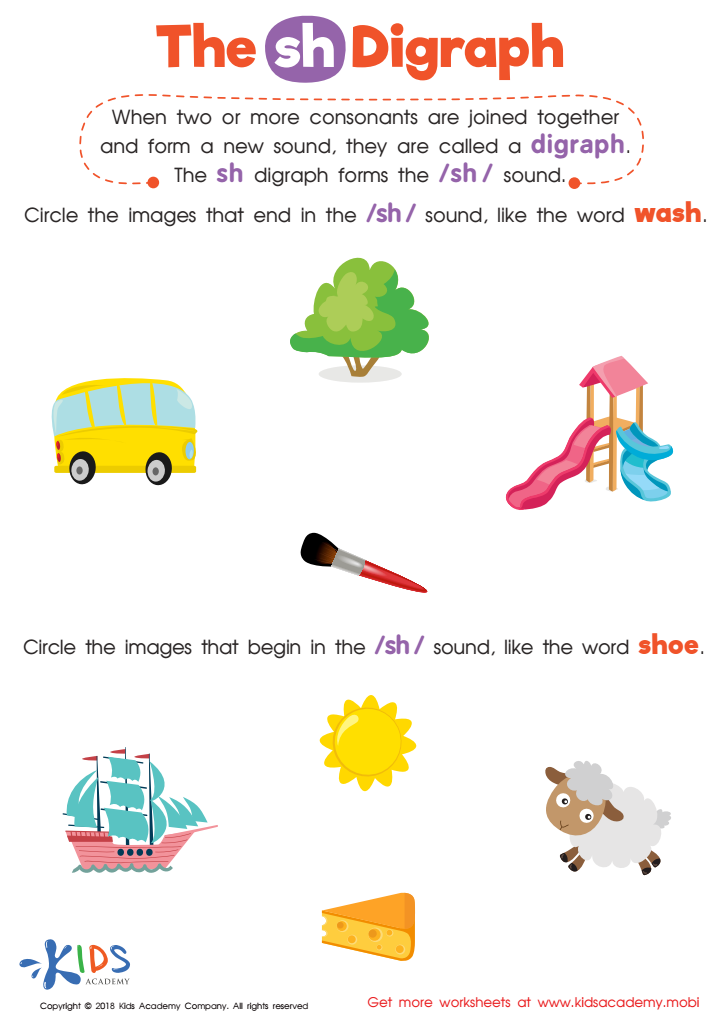

The SH Digraph Worksheet
Parents and teachers should prioritize spelling practice involving Grade 1 consonant digraphs because it lays a crucial foundation for developing reading and writing skills. Consonant digraphs, like “ch,” “sh,” “th,” and “wh,” represent sounds that consist of two letters but produce a single sound, which are integral to understanding phonics and promoting effective decoding strategies.
Focusing on these digraphs improves children's phonemic awareness, enabling them to read unfamiliar words with confidence. Mastery of consonant digraphs also helps young learners improve their spelling, ensuring they can express their ideas clearly in writing. Furthermore, a strong grasp of these phonetic elements can contribute to enhanced vocabulary development and comprehension skills.
Additionally, interactive spelling practice, through games and engaging activities, fosters a positive learning environment, motivating children to embrace reading and writing. It empowers parents and teachers to support children's literacy development effectively. Overall, studying consonant digraphs as part of early literacy education can enhance students' long-term academic achievements and boost their love for learning, setting the stage for future success. By emphasizing these fundamental skills, adults can help reassure children of their progress and instill confidence as they navigate the world of language.

 Assign to My Students
Assign to My Students







